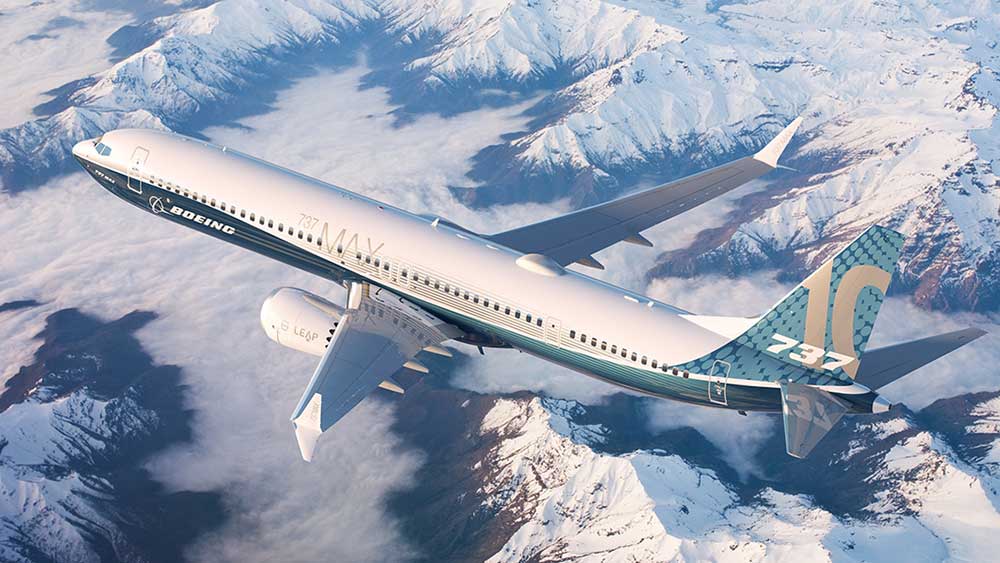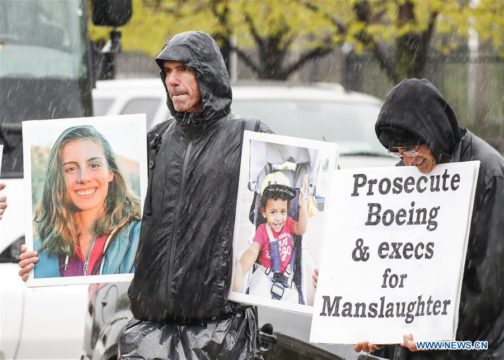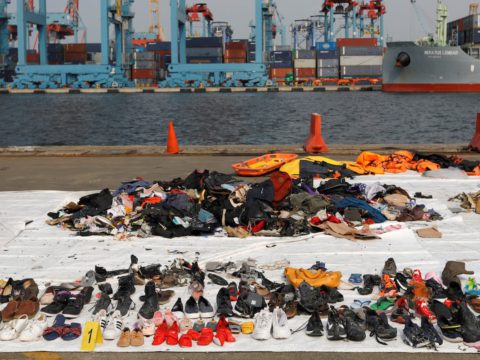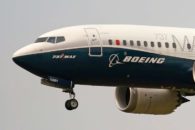The New York Times reports that following a twenty-month grounding, the US Federal Aviation Agency (FAA) has certified major changes in the software, design, and training procedures for the Boeing 737-Max and is now officially ready to resume flight operations.
The aircraft’s grounding came after two fatal crashes in 2018 and 2019, that claimed a combined 346 lives.
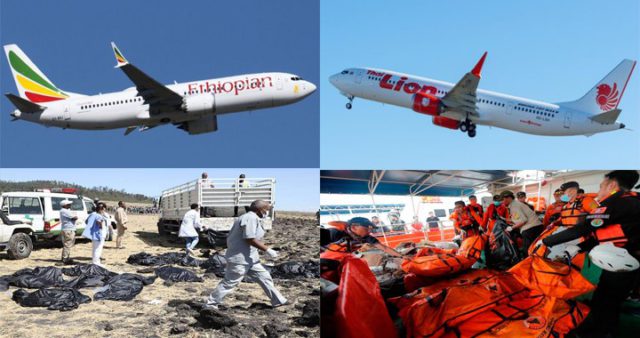
The impact of the crashes that Boeing tried initially and unsuccessfully to blame on the respective airlines has cost the world’s leading aircraft manufacturer and its customers billions of dollars in losses.
Boeing’s failure to safely launch the Boeing 737-Max and the resulting grounding occurred just months before the onset of the COVID-19 Pandemic that brought unprecedented financial ruin on the global aviation and tourism sectors. The cumulative effect of this “one-two punch” left the reputation of what was once of the world’s leading brands in shambles. Along the way, Boeing’s senior management was forced to resign, the once “blue chip” experienced – at one point – a 63% loss in share price, production of new aircraft at Boeing came to a near standstill, and the Company’s 130,000-member global workforce was cut by 19%.
The successful re-launch of the Boeing 737 Max amid the “fear of flying” era precipitated by COVID-19 represents an existential challenge for the Chicago-based leading global aerospace and commercial aircraft manufacturer.
At present, the Boeing 737 Max has 380 airplanes grounded globally. Moreover, thousands of 737 Max’s remain on “doubtful order” from airlines now operating during the all-pervasive period of financial uncertainty and a world-wide travel industry struggling in suspended animation precipitated by travel bans and closed borders.
(L to R) 157 Dead on Ethiopian Air and 189 Dead on Lion Air Flights
Using Boeing 737 Max
Aviation regulators in Indonesia, Canada, the European Union, Brazil, and other countries are expected to quickly follow the FAA’s recertification and declare equipment changes and new training procedures now make it again safe to operate the Boeing 737 Max. While endorsements for the FAA Clearance would normally come rapidly, Boeing must now deal with pilots, international airlines, and foreign regulators who were lied to, unjustly blamed, and misled by Boeing following the two fatal crashes of their aircraft in Indonesia and Ethiopia.
The long grounding and banning of the Boeing 737 Max since March 2019 provided the time for a detailed review of the aircraft and the FAA procedures that linked the crashes to engineering flaws, mismanagement, and inadequate regulatory oversight. Chief among the flaws blamed for the disasters were software glitches in Boeing’s Maneuvering Characteristics Augmentation System (MCAS) that failed to push the plane’s nose down in certain situations. The software’s failure was complicated further by Boeing’s failure to train pilots in how to anticipate and handle in-flight malfunctions in the MCAS System and their gross mishandling in ignoring warnings and inputs from pilots who were reporting a reoccurring problem in how the jets handled.
The FAA now declares it is satisfied that Boeing has “effectively mitigated” any safety concerns surrounding the 737 Max aircraft. The FAA Test Pilot charged to rigorously put the revamped plane through its paces said: “I am 100 percent comfortable with my family flying on it.”
While it is doubtful if dead airline passengers have surviving ghosts, what’s more certain is that angry family members of the 346 people who died in the two aircraft crashes won’t remain silent. Their feelings and anger are well-summarized by the words of Naoise Ryan, who lost her husband, Nick, in the crash of Ethiopian Flight 302 on 10 March 2019, who said: “Aviation should not be a trial-and-error process; it should be about safety. If safety is not prioritized, then these companies should not be in business.”
“Aviation should not be a trial-and-error process; it should be about safety. If safety is not prioritized, then these companies should not be in business.”
Naoise Ryan, Surviving Wife of Man Who Died on Ethiopian Air No, 302
Heading a company that the investigative process demonstrated was prepared to readily mislead to the public, the new CEO of Boeing, David Calhoun, vowed on the lifting of the FAA ban to “never forget” the victims of the two air disasters. Calhoun added, “We will honor them by holding close the hard lessons learned from this chapter in our history to ensure accidents like these never happen again.”
It will still take months for the 380 parked Boeing 737 Max planes to start flying again. Pilots will need to be retrained according to the new operating manuals. Due to 20-month long grounding, there remain no pilots legally “current to fly” an aircraft on which they must now undergo a re-certifying test flight.
In Indonesia, the National Flag Carrier Garuda Indonesia has one Boeing 737 Max parked while Lion Air has ten idle Boeing 737 Max planes.
Also affecting the Boeing 737 Max’s long-term commercial viability are the number of these aircraft on order from Indonesian airlines. Garuda recently announced that it is delaying any new aircraft acquisitions due to its mounting financial losses – a delay almost sure to include the 49 Boeing 737 Max they have on order. Equally in doubt is the largest single order for 201 Boeing 737 Max Aircraft by Lion Air put in jeopardy by the global grounding and the current dire circumstances of international aviation. Perhaps also at play is residual personal resentment felt by Lion Air’s Senior Management after Boeing’s faux pas of initially ridiculing the Indonesian Airline, trying to blame Lion Air for a crash of an aircraft in the Java Sea that final investigations showed to be Boeing’s responsibility.

Boeing CEO Dennis Muilenburg was eventually fired by Boeing in December 2019. His dismissal was linked with falling profits and not with his shortfalls in managing Boeing that some argued amounted to negligent homicide. Ever-smiling, Muilenberg left with a final year’s salary of US$2 million, another US$2 million in perks and benefits, long-term incentive stock awards put at an estimated US$39 million. He also received a pension package after 15 working 33 years for the company worth US$15 million.
Add these all together, Muilenburg departure was personally worth around US$58 million, more than each of the estimated two US$50 million compensation funds separately established for the surviving families of the Ethiopian and Indonesian air disasters.

